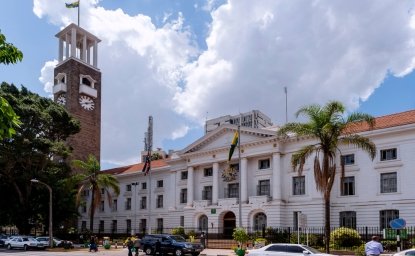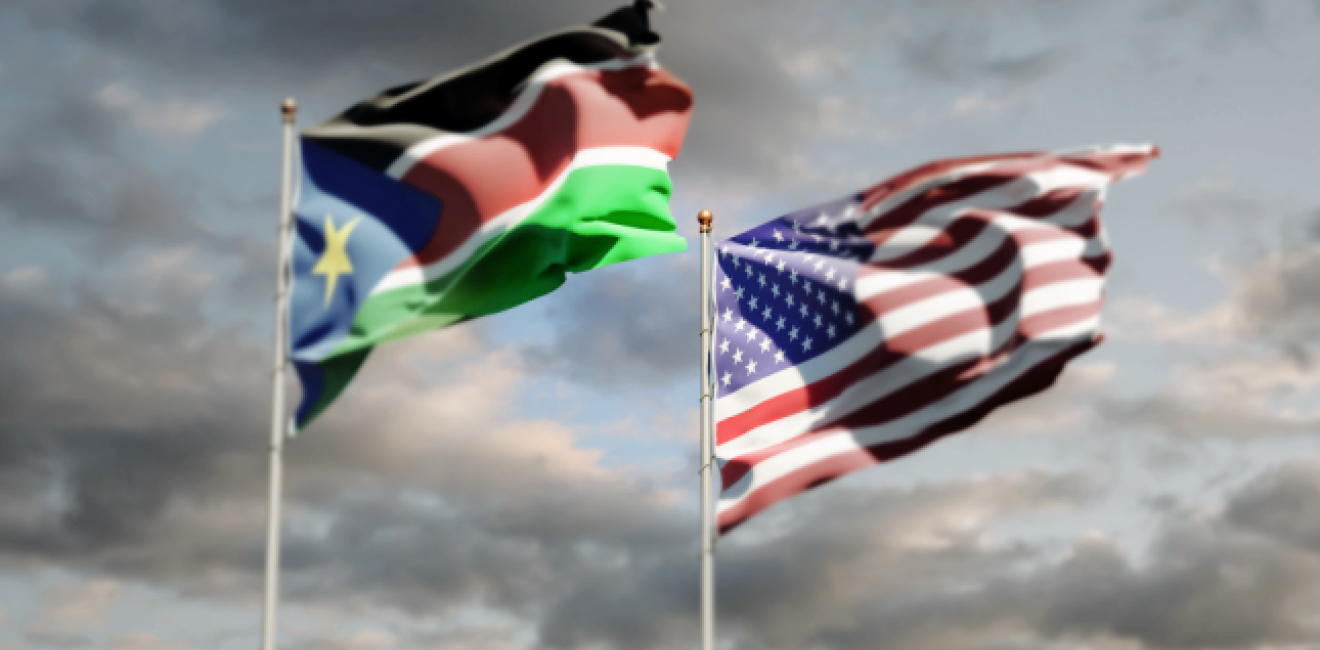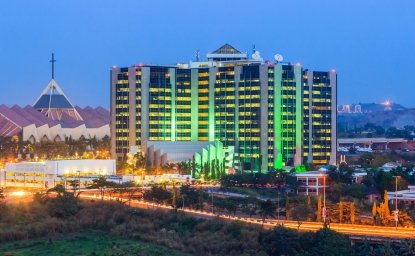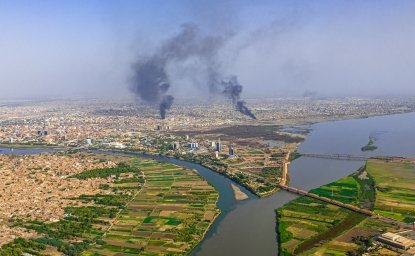
A blog of the Africa Program
The United States and its Troika partners, the United Kingdom and Norway, have played a critical role in South Sudan’s state-building. The United States, a lead negotiator of the 2005 Comprehensive Peace Agreement (CPA) that led to the secession of the south, conceptualized a free, prosperous, and democratic state. However, the past decade has presented a plethora of challenges that have prevented that vision from materializing. A signatory to the latest peace agreement, the United States is responsible for working with South Sudan to achieve this common aspiration.
The Troika, along with Sudan and Uganda, are co-signatories to the 2018 Revitalized Agreement on the Resolution of Conflict in the Republic of South Sudan (R-ARCSS), the peace accord that ended the country’s second civil war. Implementation of the agreement is lagging amidst increasing levels of violence across the country. In August 2022, an estimated 28,000 people, mostly women and children, fled from violence, seeking refuge in United Nations Prevention of Civilians sites. Due to the delays in implementing key R-ARCSS provisions, the United States in July announced its withdrawal and funding from two peace monitoring bodies, the Reconstituted Joint Monitoring and Evaluation Commission (RJMEC) and the Ceasefire and Transitional Security Arrangements Monitoring Mechanism (CTSAMM). There is a need to assess whether such actions concerning the escalating context in South Sudan help or hinder the peace process.
This withdrawal comes against the backdrop of increased intercommunal violence, floods, food insecurity, displacement, and disease outbreak in Upper Nile, Jonglei, and Unity states. Repeated violations of the ceasefire continue to occur, further threatening a delicate peace. This should serve as a warning sign to international and regional partners that withdrawal from the peace process at such a pivotal moment may lead to further violence. The United States contributes up to 40 percent of the budgets of both RJMEC and CTSAMVM. Without this financial support, critical monitoring of ceasefire violations and other violence is unlikely to take place—leading to further instability. A loosely holding ceasefire collapses without stakeholders who are willing and able to enforce it.
In August, rival leaders President Salva Kiir Mayardit and Vice President Riek Machar agreed to extend the transitional government until February 2025. The United States and other international actors condemned the nascent transitional period calling for immediate implementation of the peace agreement. There are mixed national, regional, and international sentiments to extending this transitional period. A pro-extension polemic highlights the failure to implement key provisions of the peace agreement and underscores the dangers of elections in the current environment. However, an anti-extension argument sees the burgeoning transitional period as a ploy for incumbent leaders to prolong their rule.
Amongst the signatories to the R-ARCSS, the United States arguably holds the most weight and is therefore burdened with the responsibility to actualize the implementation of the peace agreement. Sudan continues to witness upheavals due to the October 2021 coup, and Uganda grapples with more than three decades of autocratic rule. The Intergovernmental Authority on Development, the regional economic community responsible for mediating conflicts in East Africa, is engulfed in a region experiencing enormous peace and security challenges. While withdrawal from peace monitoring groups exerts some pressure on South Sudanese leaders to enact political reforms, it equally means that the most influential peace guarantor is absent without a capable replacement. This also leaves room for other external actors to step in, especially when geopolitical contestation is intensifying in Africa.
Withdrawal is a big gamble that should be carefully measured. There is an urgent need to balance the carrots and sticks approach and prevent further violence. To correct the course, U.S. policymakers are urged to consider and focus on the requisite diplomatic, financial, and technical resources to bring about a successful end to South Sudan’s transition. As the first point of departure, the United States and co-signatories to the peace agreement should broadly recommit their support firstly to the peace process and secondly to the peace monitoring bodies.
The United States should also consider further supporting civil society and grassroots groups. These groups play a vital role in consistently tracking the progress of the peace accord amidst increased government repression and shrinking civic space. Furthermore, the United States and its partners can support local peacebuilding initiatives to combat issues such as inter and intra-state cattle raiding, which is a key driver of conflict in the tri-state corridor between Warrap, Lakes, and Unity States.
At an institutional level, greater technical and financial support to the United Nations Mission in South Sudan (UNMISS) would enhance the mission’s capacity to conduct effective peace support operations. This technical support can include an assessment of the existing challenges and gaps that the mission faces. Where information is available, publicly condemning and holding accountable spoilers is essential. Other peace guarantors, including Sudan and Uganda, should follow suit and uphold their responsibility as co-guarantors.
The transitional period provides a new window of opportunity for the United States to recalibrate its approach in South Sudan. The Special Envoy to the Horn should initiate bilateral consultations with the transitional government to review commitments and expected outcomes. These renewed consultations can put in place a roadmap with clear implementation timelines for key provisions such as the unification of the army, electoral mechanisms, and transitional justice commissions.
The new U.S. Strategy Toward Sub-Saharan Africa should also define and articulate a clear vision of engagement in South Sudan, including clear and transparent strategies for engaging in the case of widespread conflict erupting. To this end, the United States should also consider adding South Sudan to its Strategy to Prevent Conflict and Promote Stability as a priority country in the development of the next iteration of the strategy. The strategy provides innovative frameworks for broader cooperation with selected states to ensure long-term stability and democratic governance.
In conclusion, signing on to the peace accord resulted in a tremendous role and responsibility for the United States. As a peace guarantor, there is a need for action and policies that do not further endanger a fragile peace.
Maram Mahdi is a researcher for the African Peace and Security Governance Programme at the Institute for Security Studies. Her area of interest is international criminal justice and transitional justice. She has a post-graduate certificate in humanitarian responses to conflict and disaster from HarvardX and a Master’s degree in security studies from the University of Pretoria, South Africa.
Photo Credit: National flags of South Sudan and USA together at the sky background Leonid Altman/Shuterstock.com
The opinions expressed on this blog are solely those of the authors. They do not reflect the views of the Wilson Center or those of Carnegie Corporation of New York. The Wilson Center’s Africa Program provides a safe space for various perspectives to be shared and discussed on critical issues of importance to both Africa and the United States.
Author

Africa Program
The Africa Program works to address the most critical issues facing Africa and US-Africa relations, build mutually beneficial US-Africa relations, and enhance knowledge and understanding about Africa in the United States. The Program achieves its mission through in-depth research and analyses, public discussion, working groups, and briefings that bring together policymakers, practitioners, and subject matter experts to analyze and offer practical options for tackling key challenges in Africa and in US-Africa relations. Read more

Explore More in Africa Up Close
Browse Africa Up Close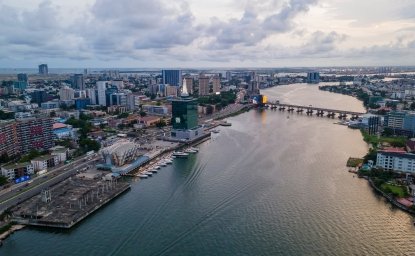
The Innovative Landscape of African Sovereign Wealth Funds
